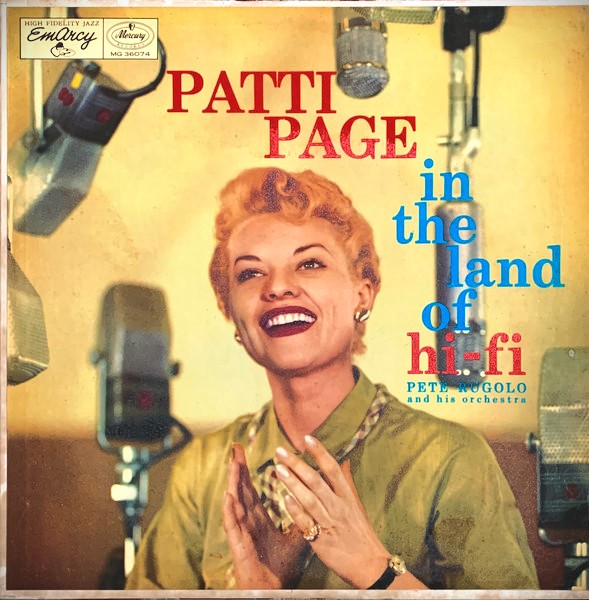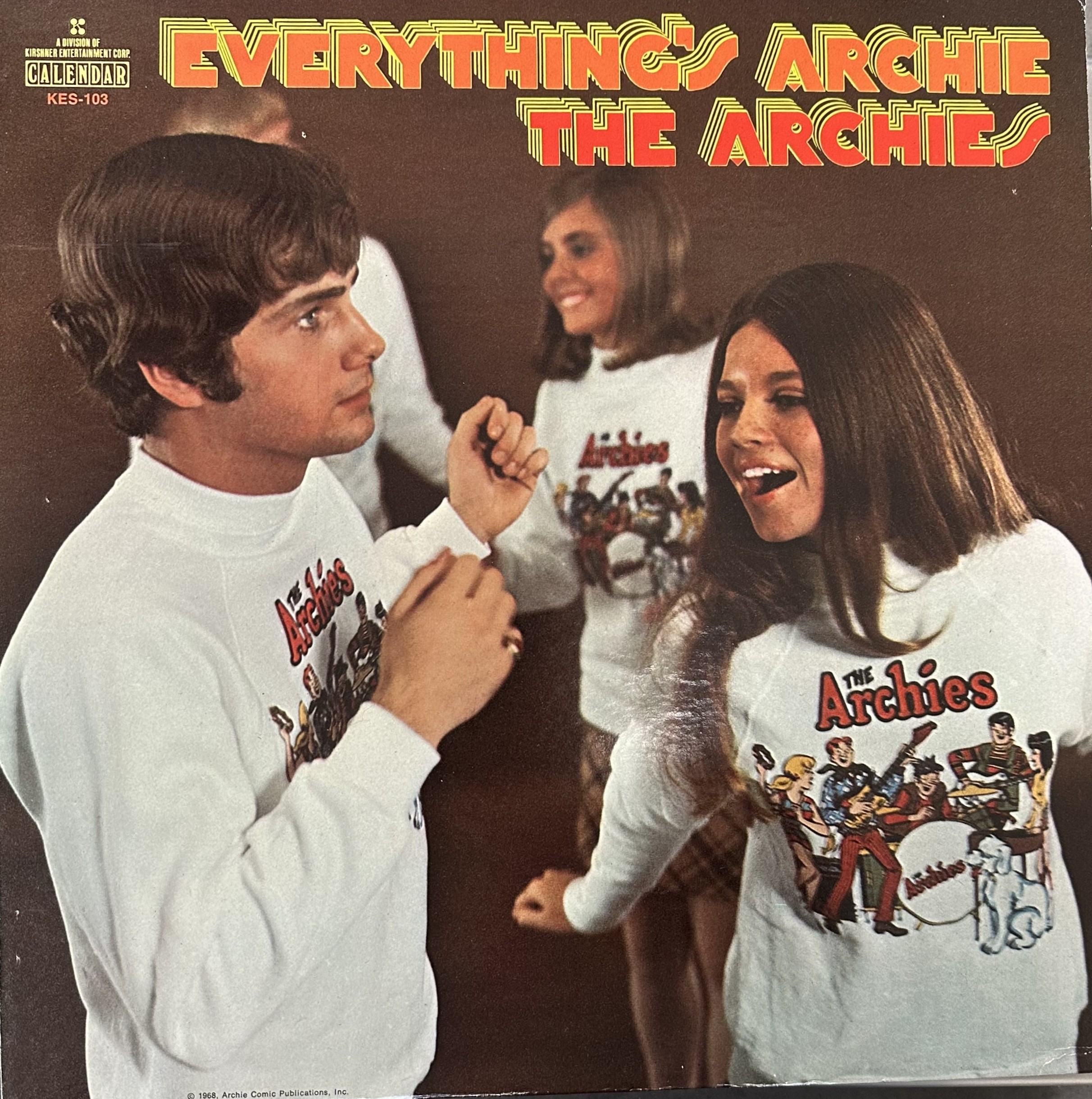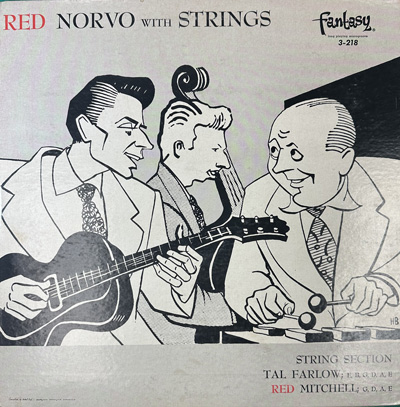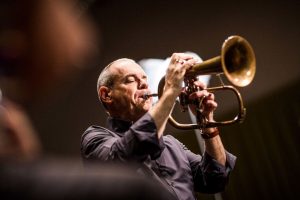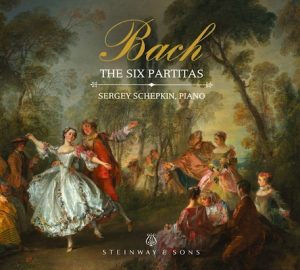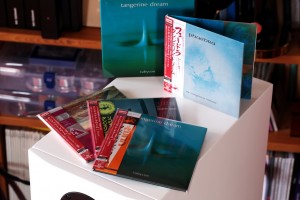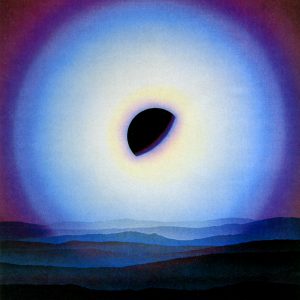I love guitarists, and I own a lot of LPs by guitarists. Although I file the jazz guitarists, like Barney Kessell, Johnny Smith, and Wes Montgomery, alphabetically, many guitarists, regardless of genre, are also found in my miscellaneous guitarist section. That's where the obscure guitarists and multi-artist collections of guitar music are found. One obscure artist who is not found in my miscellaneous guitarist section is Billy Mure. Even though I only own one Billy Mure LP, Hawaiian Percussion (Strand SLS 1010), it is so musically unusual, and so well recorded, that it receives an alphabetical place in my LP collection.
So, you must be wondering, who the heck is Billy Mure? Guitarist Billy Mure was a very busy session musician throughout the 50s, and the early 60s. His inspirations came from the blues, Hawaiian, and country records of the 40s. His wild and nothing-short-of-rock-and-roll guitar licks on the Ames Brothers hit, "Rag Mop" (AKA Ragg Mop) are amazing, especially for 1950! A few short years later Mure's was working on sessions for people like Bobby Darin, Eydie Gorme, and Brian Hyland. In 1957 Mure released the revolutionary Super-Sonic Guitars In Hifi (RCA LPM 1536).
If coconuts, pineapples, and kiwi, could play guitars and drums they'd be the musicians on Hawaiian Percussion. Released in 1960, the arrangements on this album are insane, and the sound is insanely good. Despite the majority of Hawaiian tunes on this title, most of the arrangements are too twisted to resemble authentic Hawaiian folk music. However, it packs loads of Les Paul-like multi-layered fun, and I absolutely love its over-the-top wackiness. Side one opens with the "Hawaiian War Chant'', and what a performance it is. Like Les Paul, Mure played both rhythm and lead guitars, and then there's the percussion. Holy overdubs, Batman. Drums are on the left, and drums are on the right! It also has guitars on the left, and another guitar on the right. Some of the guitars are live, and some are overdubbed. OMG, this is really awesome, and then there's cut two, "Pink Hawaii" which could be the soundtrack to the happiest grocery aisle you've ever been on. Cut four, "Hawaiian Paradise," sounds like the soundtrack to the trippiest luau known to humankind, and cut five, "On The Beach At Waikiki," doesn't sound very Hawaiian, but it does sound irresistible. And, it features that much-loved, at least in my house, Hawaiian cowboy sound. (You can imagine horses when you play it!) Side two cut three, "Kalua," is another dose of good old fun. This cut features six and twelve string guitars, a crazy swirling organ, and, of course, insane sounding percussion. (Mure didn't work alone, and the other guitarist sounds an awful lot like Al Caola.) Cut four is "Sleepwalk," made famous by the guitar duo Santo and Johnny. To my ears it's the weakest cut on the album, because the tune doesn't benefit from Mure's embellishments. The last cut on the album, cut six, is a return to excellence, and it actually sounds Hawaiian. It also has a wide soundstage.
The above-mentioned soundstage is a big part of this album's sound. It's thrilling, and it's huge, but unlike Love Over Gold by Dire Straits, the instruments within the stage aren't doused in digitally synthesized reverb. For sure, reverb was used on this album, but it's analog reverb, such as EMT plates and live echo chambers, instead of the cold and digital kind used on Diana Krall. In other words, nobody left the meatlocker open. This is good old fashioned analog sound, the kind that LP-loving audiophiles cherish. Then there's the dynamics. This LP doesn't have pseudo dynamics, like Fritz Reiner's Pines Of Rome, nor does it have the tape overload. Geez, how many more ways can I tell you that this album sounds amazing?!
It's worth noting that Strand was a good-for-nothing budget record label, and yet somehow this masterpiece was part of their catalog. It's easy to find this LP on Discogs or Ebay, but finding one that was pressed on quiet vinyl is a challenge, and I've had my share of dreadfully noisy copies. My shrink-wrapped jacket came from a noisy copy, and my near-silent copy came from an ugly split jacket. I wouldn't call Hawaiian Percussion an indispensable album, like John Barleycorn Must Die, but if you have a copy, hopefully a quiet copy, it offers a significant amount of musical excitement and sonic excellence. There's no denying that the music is busy, but it's busy being wacky and fun. Unlike the busy, and far too serious jazz-fusion albums of the 70s, which frankly annoy me, this uplifting album is a wonderful getaway from day-to-day boredom. This album will make you proud of your audio system, especially your phono cartridge, and the music will point your head in a better direction. If you know the music of Martin Denny and Arthur Lyman, you are well prepared to enjoy Hawaiian Percussion. If you are new to the world of old school super-wide percussion-packed stereo, then you're in for one hell of a rollercoaster ride.





